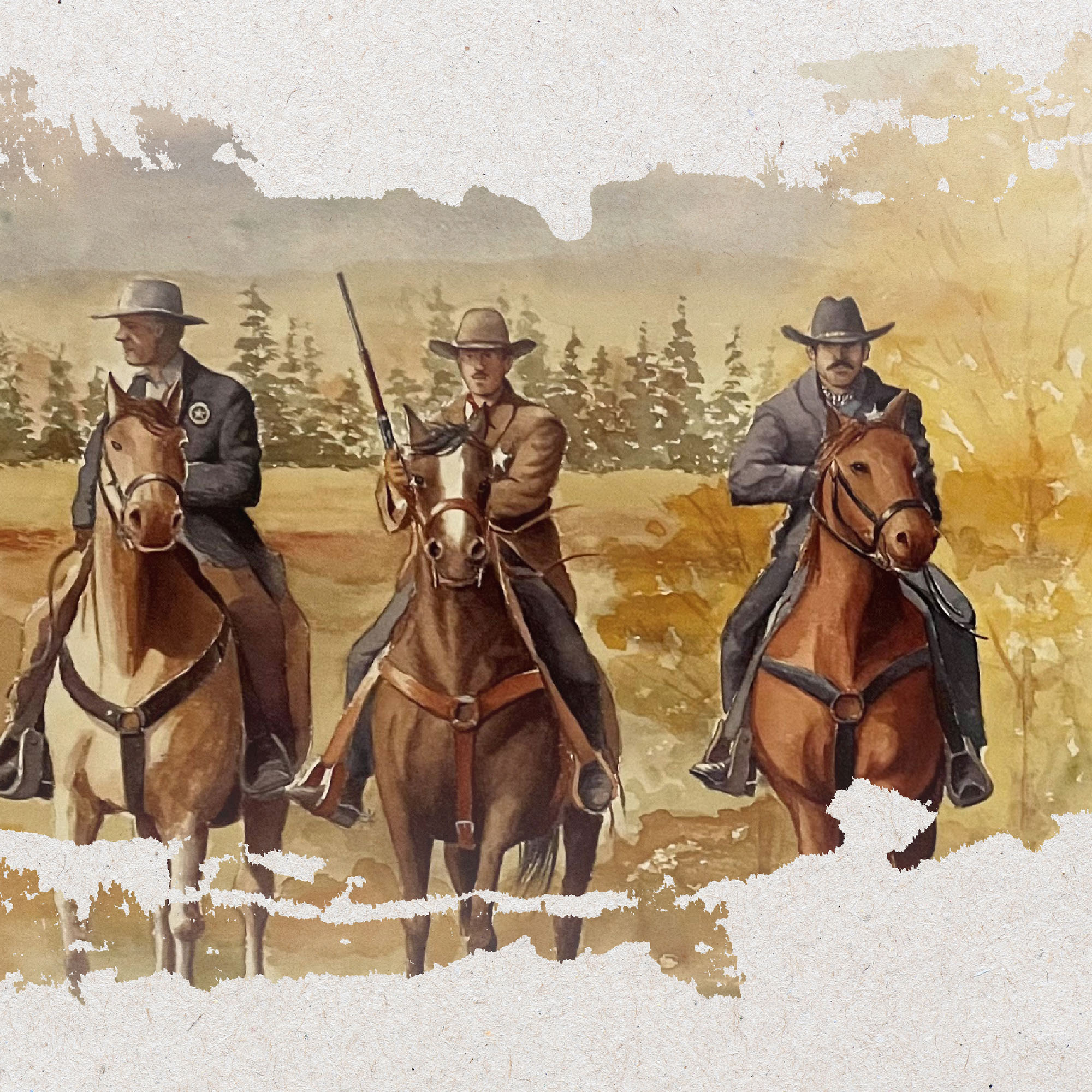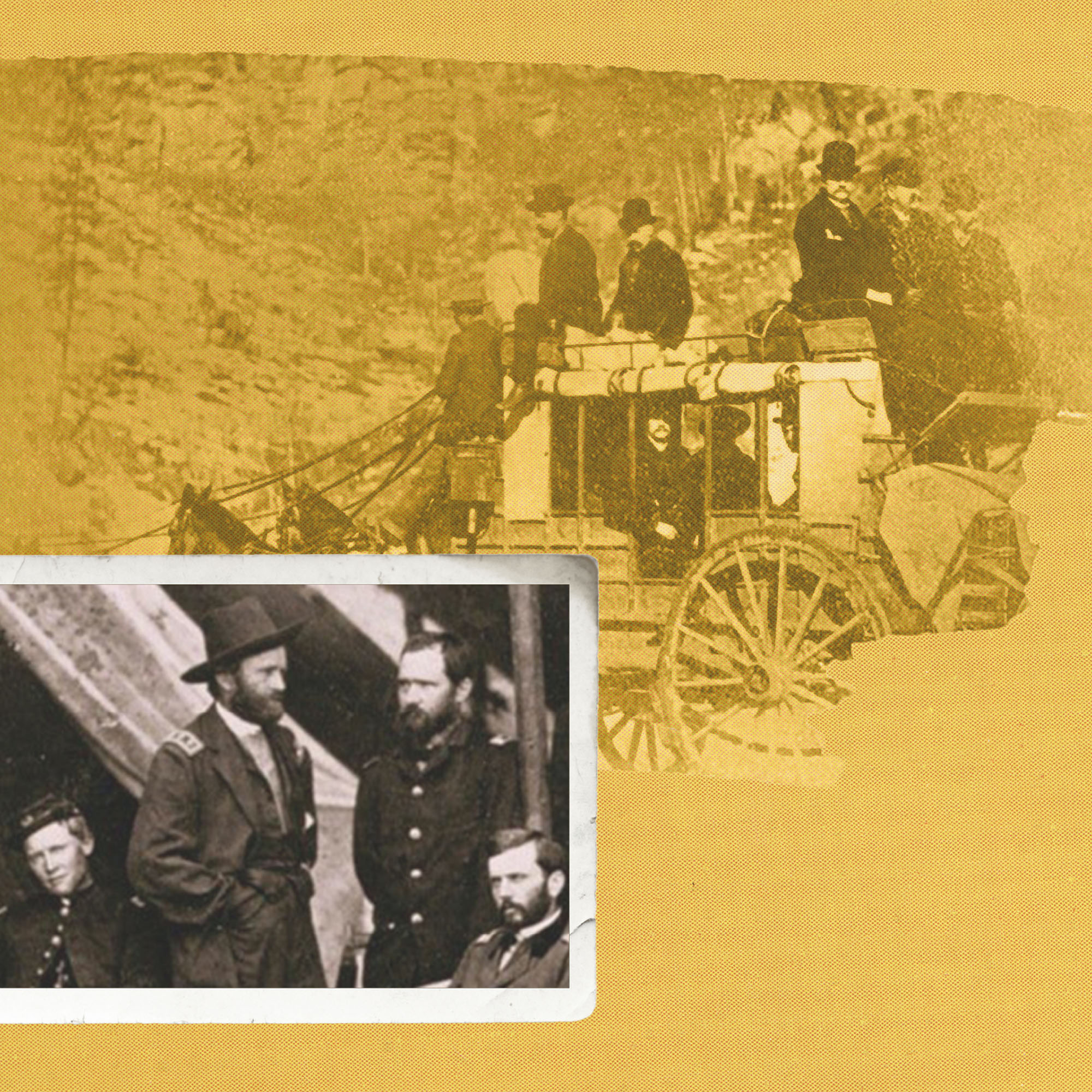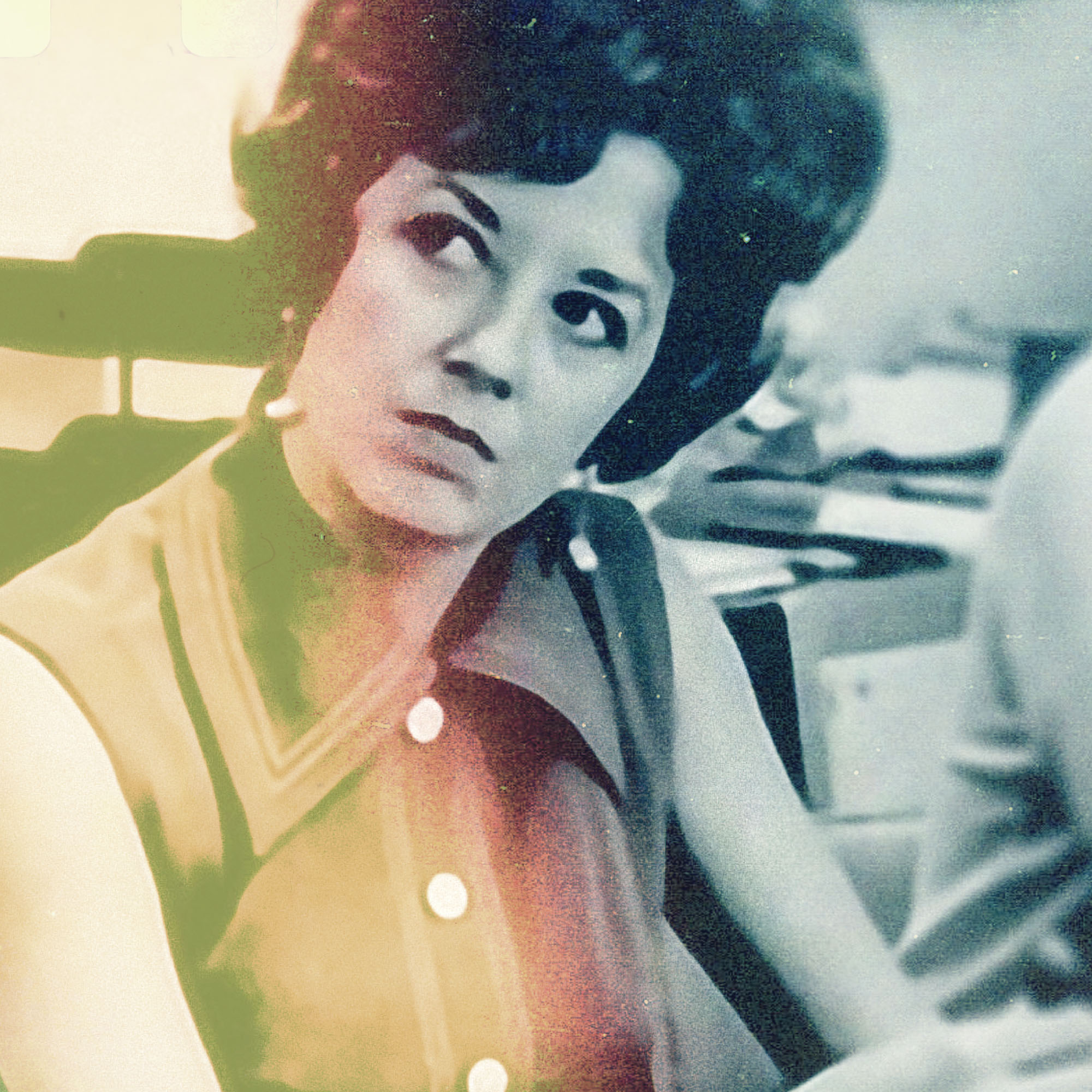Honoring Our Legacy; Inspiring Our Future
Long before the American colonies won their independence from Britain and became the United States, there was the postal service. In fact, the mail is so intertwined with our nation’s past, it has been said that the history of the United States is the history of the Post Office.
Chief Postal Inspector Gary Barksdale addresses the U.S. Postal Inspection Service on it's 250th anniversary.
250 Years of Service and Protection
Our mission began at the birth of the nation. As America's oldest federal law enforcement agency, we're celebrating 250 years of protecting the U.S. mail, the U.S. Postal Service, and its customers and employees.
August 7, 1775 - August 7, 2025
As America’s oldest federal law enforcement agency, we’re celebrating 250 years of protecting the U.S. mail™, the U.S. Postal Service®, and its customers and employees.
250 Years of History
Colonial Period: 1775 – 1801
In 1737, at the age of 31, Benjamin Franklin was appointed by the British Postal System as the Post Officer at Philadelphia, PA. Nearly 16 years later, in 1753, Franklin—now as Deputy Postmaster General—was tasked with regulating Post Offices and bringing the officers to account.(1) As he visited Post Offices and audited their accounts, Franklin set the precedent for periodic inspections that postal inspectors still carry out today. During these visits, Franklin also applied what we now recognize as his personal genius by making postal routes more efficient and creating better accounting methods. Franklin also established new Post Offices to keep pace with the growth of the colonies.
250 Years of History
Westward Expansion of Mail Service: 1801 – 1860
The early to mid-1800s saw a rapid expansion of new states and territories to the west. In a time before telegraphs or railroads, the U.S. Mail — as the primary means of correspondence and transportation for valuable and important materials and information—was vital to binding the growing nation together.
250 Years of History
Train Robberies and Mail Fraud: 1860 – 1900
For several decades, stagecoaches were often used to transport mail, especially in areas without railway access. The minders of these stagecoaches faced a constant threat of being robbed, while contending with the hardships of a growing country—limited roads, rough terrain, and hostile attacks by Native Americans.
250 Years of History
Organized Crime and Illegal Schemes: 1900 – 1954
Not all criminals directly attacked the mail by robbing stagecoaches or trains. By the late 1800s and early 1900s, extortion groups like the Black Hand Society terrorized hundreds of citizens with threatening letters that demanded payment—or else!
250 Years of History
Postal Inspectors and Postal Police: 1954 – 2000
In 1954, the title Post Office Inspector was changed one final time to “United States Postal Inspector.” This was to reflect postal inspectors’ jurisdiction over all operations of the Postal Service and the U.S. Mail, instead of solely Post Offices. Postal inspectors were investigators, recovery personnel, military mail organizers, and law enforcement agents who secured justice for crimes against postal employees and citizens utilizing the mail. Just like the surveyors, special agents, and Post Office inspectors who preceded them, postal inspectors constantly adapted to meet new and unexpected challenges to maintaining the safety and public trust in America’s mail system.
250 Years of History
The 21st Century 2000 – Present
Since the days of Benjamin Franklin and the post road surveyors, the role of postal inspector has greatly expanded. Today, the Postal Inspection Service enforces nearly 200 federal statutes related to crimes involving the U.S. Mail and postal system and is responsible for safeguarding every aspect of the mail, along with Postal Service employees and customers.
History Children Activity Book
Children’s Activity Book (K-2nd Grade)
Children’s Activity Book (3rd – 5th Grade)
History Spotlight
Learn more about USPIS with more in depth articles highlighting the past, and present work done by the United States Postal Inspection Service.
LEARN MORE





